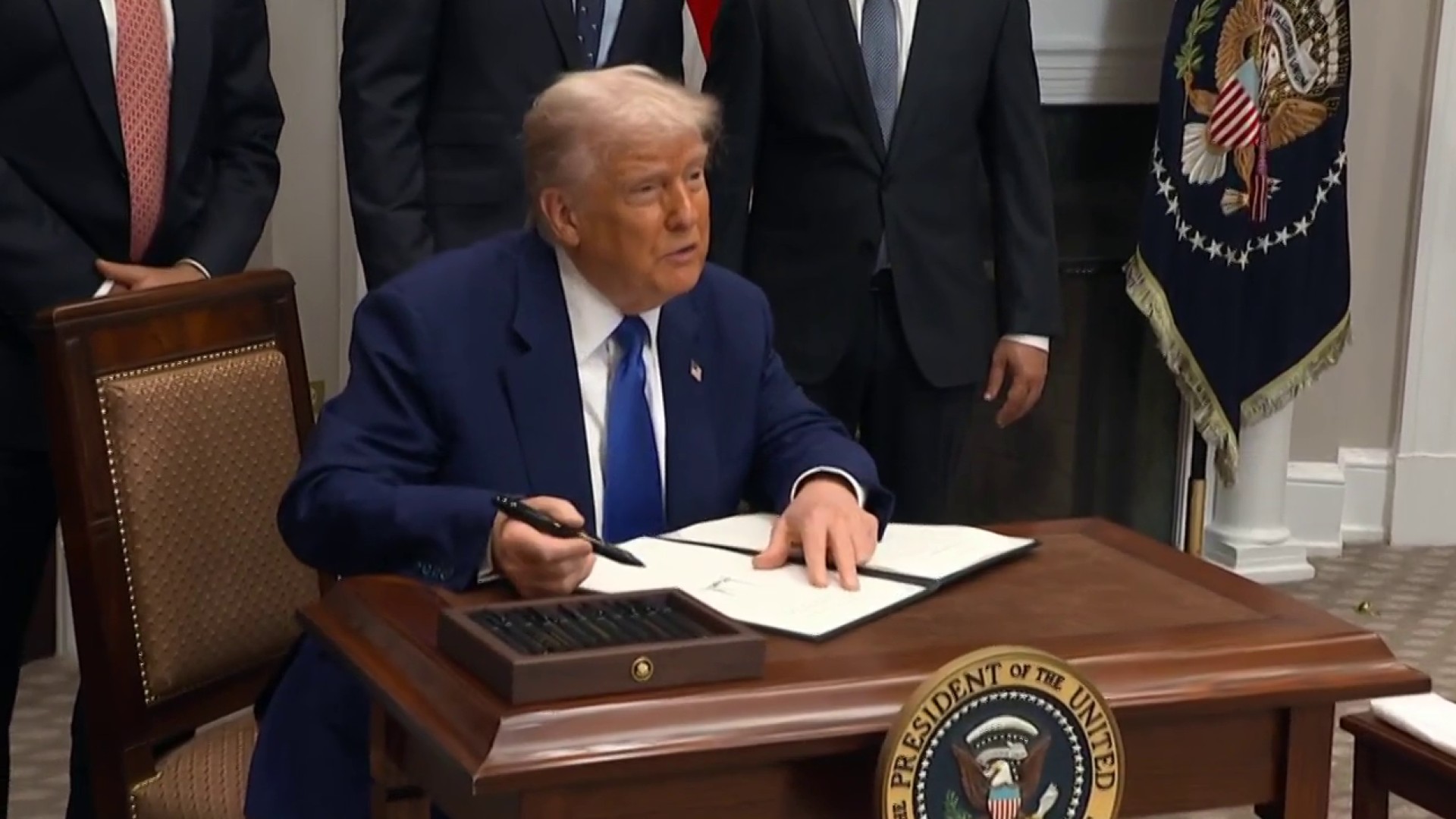Policy Overview
On April 15, 2025, President Donald J. Trump signed an executive order to reduce prescription drug prices by aligning them with lower international rates, focusing on Medicare (White House). Announced as a continuation of his first-term efforts, the order aims to address the high cost of drugs in the US, where prices often triple those in other developed nations (Reuters).
Key Provisions
The order includes several measures:
- Enhanced Medicare Negotiations: Improving the Medicare Drug Pricing Negotiation Program, created by the 2022 Inflation Reduction Act, to surpass its initial 22% savings (NPR).
- Cost Alignment: Aligning Medicare payments for certain drugs with hospital acquisition costs, potentially reducing costs by 35% (White House).
- Standardized Payments: Ensuring consistent pricing for drugs like cancer treatments across care settings, which could lower costs by up to 60%.
- Drug Imports: Supporting state efforts to import cheaper drugs from Canada (New York Times).
- Most Favored Nation (MFN) Pricing: Trump proposed an MFN policy to match US drug prices to the lowest global rates, claiming 30-80% reductions (Axios).
Criticisms and Challenges
Critics argue the order may not fully address high drug prices and could favor pharmaceutical companies. The MFN model, previously blocked by courts in 2020, faces legal risks (CNN). Pharmaceutical companies warn that price controls could stifle innovation, and some fear here global price increases to match US rates (Reuters). Implementation requires Congressional approval, which may be contentious (New York Times).
Potential Impact
The order could save Medicare beneficiaries money, but immediate relief is unlikely due to implementation delays. Its success hinges on overcoming legal and political barriers, with analysts skeptical of achieving the promised 80% reductions (NPR).
| Provision | Potential Impact |
|---|---|
| Medicare Negotiations | Greater savings for seniors |
| Drug Imports | Access to cheaper Canadian drugs |
| MFN Pricing | Up to 80% cost reduction, legal risks |
| Industry Concerns | Possible innovation slowdown |





